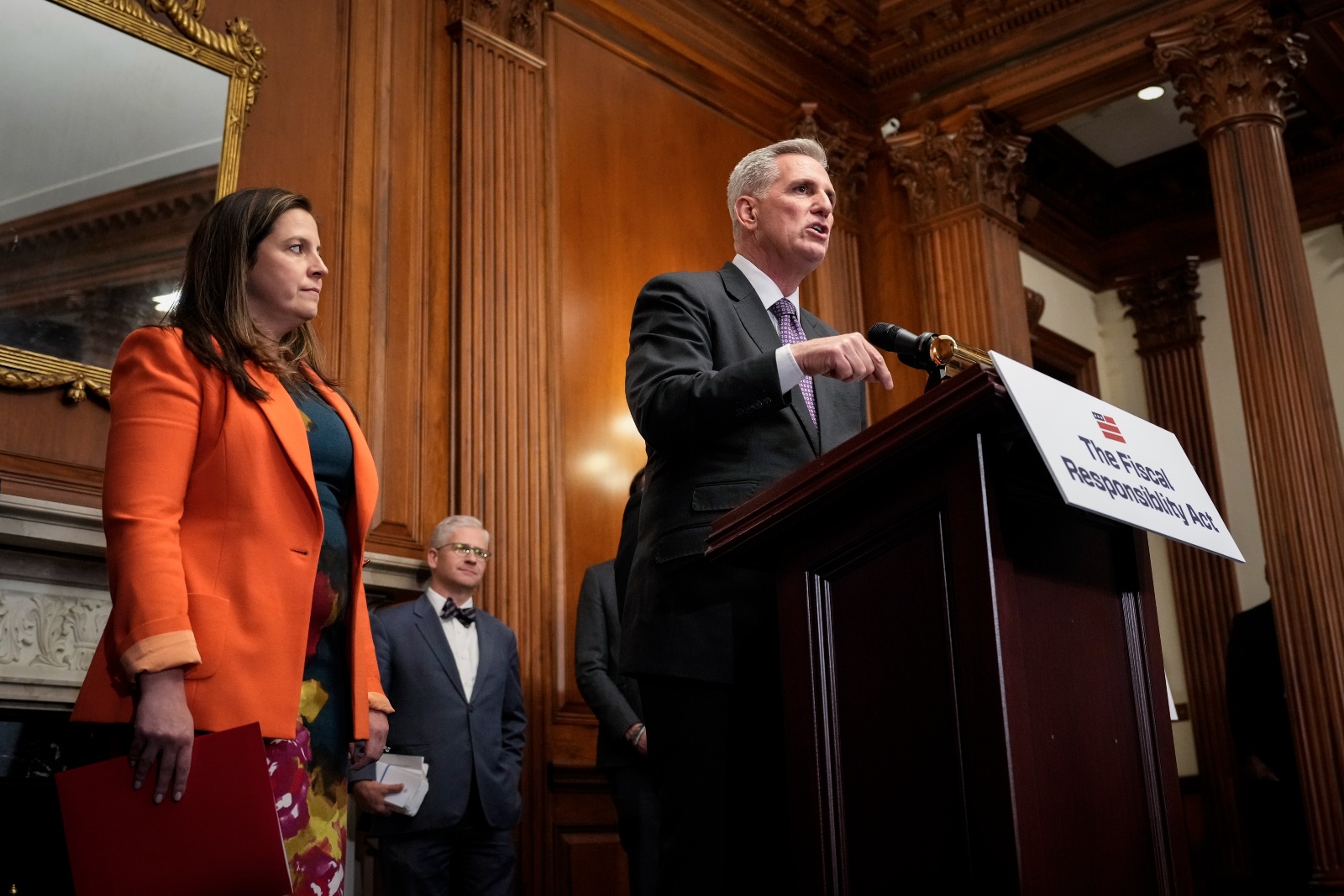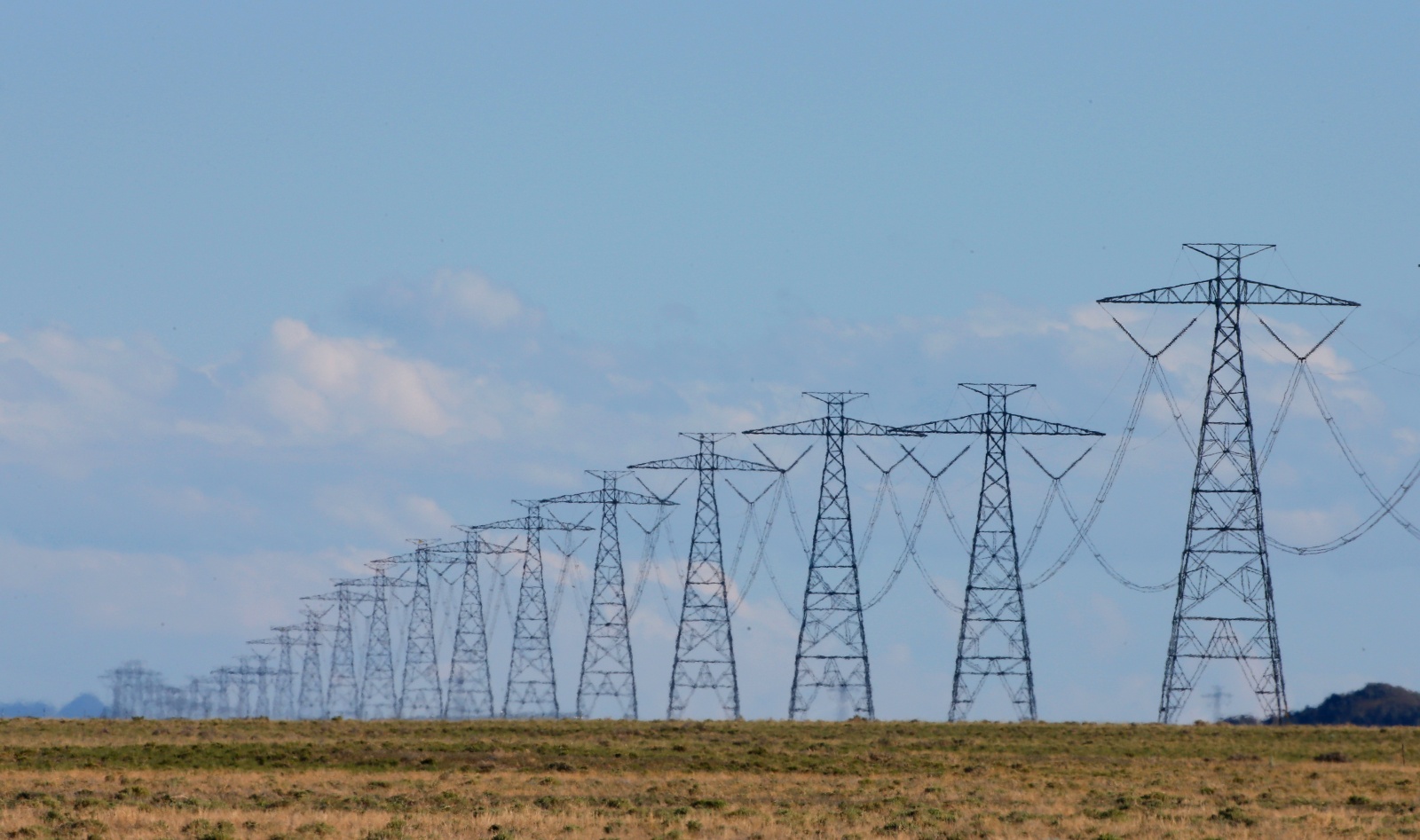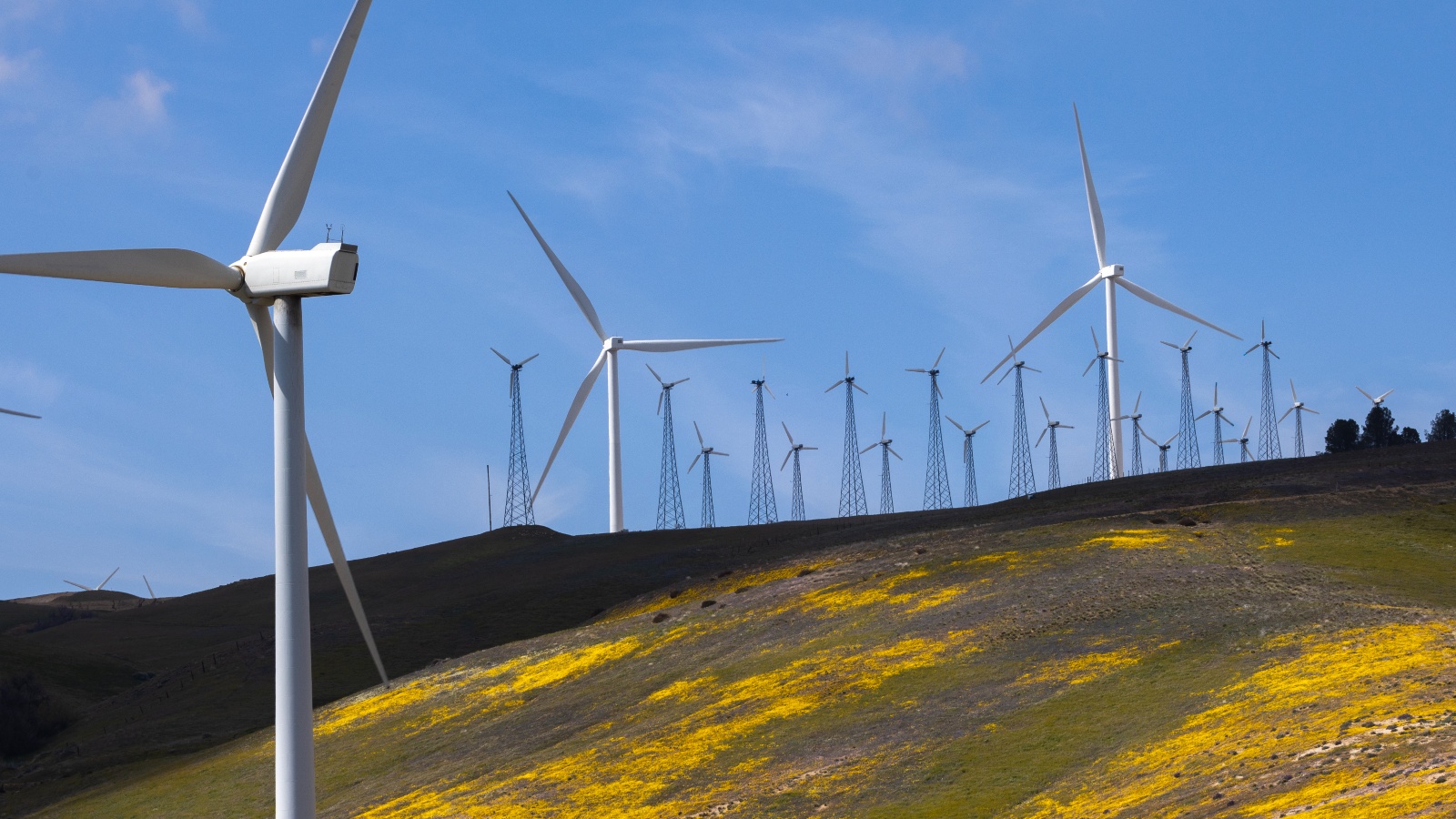Clean power installations declined in 2022 for the first time in five years, according to a report published last month by the American Clean Power Association. The group found that permitting issues, including delays in connecting projects to the grid and a shortage of transmission lines, played a major role in the slowdown.
In total, more than 25.5 gigawatts of clean power were installed last year — enough to power 5 million homes in the U.S. That represents a drop of 15 percent from 2021 deployment levels. The report defines clean power as onshore and offshore wind, utility-scale solar, and battery storage technology. American Clean Power warned that if the country continues at a rate of 25.5 gigawatts annually, the U.S. will install only 30 percent of the clean power needed to reach President Joe Biden’s goal of decarbonizing the power sector by 2035.
It’s a stark reminder of how permitting — the various approval processes needed for projects to get sited and connected to the grid — may make or break the buildout of clean energy. Experts have long said that permitting changes will be needed to decarbonize the power sector, and American Clean Power’s finding arrived just a week before lawmakers finally reached a deal on permitting reform to raise the debt ceiling. But some in the field say the compromise reached in the debt ceiling deal won’t address the two biggest challenges to permitting renewables: delays in connecting projects to the electrical grid and a shortage of transmission lines to move power.
“It is critical that Congress build upon these initial steps,” said Jason Grumet, CEO of the American Clean Power Association, in a statement on the debt ceiling deal. “Absent significant improvements in the siting and construction of new clean power transmission capabilities, our nation will fail to achieve critical economic, national security and climate goals.”
This congressional session, both Republicans looking to streamline permitting for fossil fuels and Democratic lawmakers hoping to ramp up renewable power introduced bills to update the decades-old system. Permitting reform in the debt limit bill, which Biden signed over the weekend, primarily involves amendments to the National Environmental Policy Act, or NEPA. The foundational law from 1969 requires the government to assess potential environmental impacts of any major infrastructure projects before breaking ground. The debt ceiling law speeds up this review process, setting a one-year deadline for most assessments, and a two-year deadline for stricter impact studies. It also requires that one federal agency take the lead in conducting these reviews, and sets new page limits for the studies to minimize paperwork, among other revisions with impacts that are still up for debate.
Energy advocates argue that these NEPA amendments weaken the law’s public input processes, limiting the ability of frontline communities to weigh in on fossil fuel and other major projects that exacerbate pollution burdens.
“The last thing we should consider is gutting environmental rules,” Sachu Constantine, executive director of the solar advocacy group Vote Solar, told Grist.

A more pressing issue, Constantine and other experts say, is interconnection, or the process of hooking a project up to the grid. Developers looking to connect a project to the grid first apply with their regional grid operator to join what’s called an “interconnection queue.” After a project enters the queue, the grid operator proceeds to conduct a series of studies to determine if new grid infrastructure or upgrades will be needed to connect the new project. It then assigns the costs of those upgrades to the project.
The lengthy process is producing a huge backlog of projects waiting to be connected. As of December 2022, more than 2,000 gigawatts of electricity generation and storage projects were waiting to connect with the electric grid. That’s up from 1,400 GW at the end of 2021, according to a recent report by the Lawrence Berkeley National Laboratory. Ninety-five percent of projects left hanging are clean energy and battery storage projects, which can capture excess renewable energy and deploy it to the grid when the wind isn’t blowing and the sun isn’t shining.
Joe Rand, lead author of the Lawrence Berkeley National Laboratory report, says the growing backlog is the result of a two-decade-old system that’s yet to catch up with a rapidly shifting energy mix. “The current process was not designed for a rapid energy transition like we’re trying to meet right now,” Rand told Grist. The interconnection system was originally designed to process a few, centralized fossil fuel power plants, rather than thousands of smaller renewable projects springing up all around the country.
The Berkeley Lab report also found that only 21 percent of projects in the interconnection queue between 2000 and 2017 went online. That’s in part due to the lengthy delays, but also due to growing costs for upgrades required to connect to the grid. The lab found that “average interconnection costs have grown substantially over time,” and are higher for wind, storage, and solar than for natural gas. The main driver of costs are “broader network upgrades” — meaning projects are assigned to pay for upgrades to the network sometimes hundreds of miles away.
Last year, the Federal Energy Regulatory Commission, or FERC, the agency that regulates the transmission of electricity and natural gas, proposed a new rule to accelerate projects through the congested interconnection queue.
But some experts worry that FERC’s proposal fails to address the problem of staffing shortages. Interconnection studies rely on a workforce of engineers at grid operators, and experts say there are not enough to get the job done, a labor problem without immediate policy solutions. As Rand puts it, the workforce is “a fundamental constraint. They can only do so many studies in a given year.”
And even if grid operators manage to connect every backlogged project to the grid, another issue looms: There aren’t enough high-voltage transmission lines to move all that new power to consumers.

In a report last year, the National Renewable Energy Laboratory projected that in order for the U.S. to achieve 100 percent clean electricity by 2035, inter-regional transmission — power lines that cut across state lines — will need to double or triple in capacity. And researchers at Princeton University have warned that if the rate of transmission construction does not double that of the last decade, 80 percent of potential emissions reductions delivered by the 2022 Inflation Reduction Act by 2030 will be lost.
Yet the U.S. is actually trending downwards when it comes to transmission builds. The American Clean Power Association found that new transmission builds in 2022 dropped 50 percent from 2021 levels. Utilities and transmission developers added only 675 miles of new transmission last year — the fewest miles built in the last decade.
In response, Rand, Constantine, and others call for increased, proactive transmission building. But so far, there’s been little movement by federal policymakers to speed up transmission buildout — including inter-regional transmission crucial for moving solar and wind power produced in rural areas to urban centers. The debt ceiling law requires grid authorities to complete a study on inter-regional transmission capacity within 18 months, but does not mandate or otherwise enable new building.
Despite the challenges, Rand remains optimistic that policymakers will rise up to the challenge of a growing renewables sector. By the end of 2022, 137 gigawatts of new clean power were either under construction or in advanced development — 14 percent above 2021 levels, in part due to new clean energy incentives under the 2022 Inflation Reduction Act.
“We’re just seeing all this interest in wind, solar, and storage, and very little in gas, and no coal,” Rand said. “It’s clear to me that our electric sector is poised to move rapidly in the right direction.”




